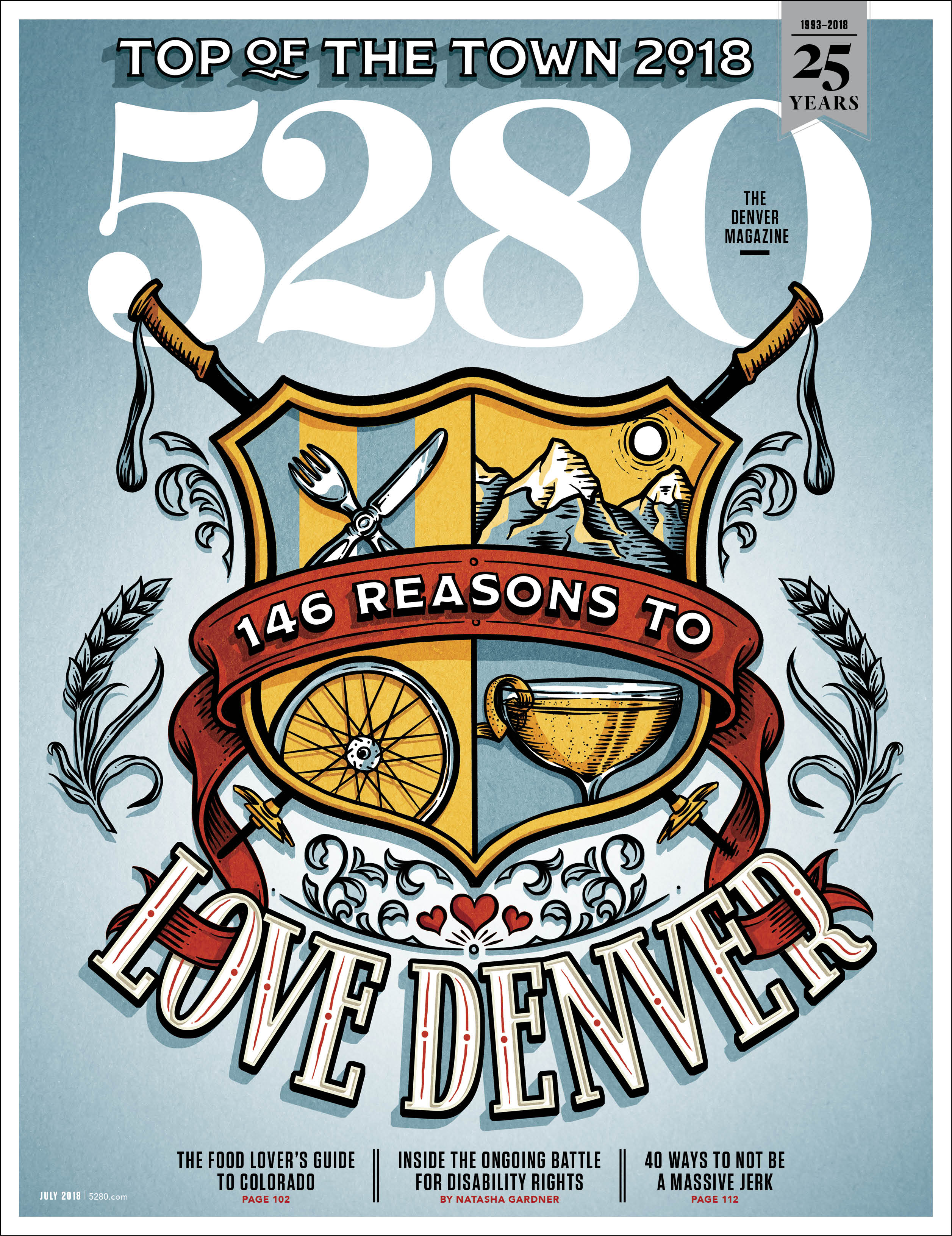The Local newsletter is your free, daily guide to life in Colorado. For locals, by locals.
With all the development that’s taken place in Denver over the past decade, it might feel like a safer place. But statistics tell a different story: From 2007 to 2017, violent crime (homicide, rape, robbery, and aggravated assault) jumped by 46.3 percent. July has the highest rate of brutal attacks, making it a prime month to examine the clues behind the mysterious uptick—and find out how the city is trying to reverse it.
6. Years police chief Robert C. White led the Denver Police Department (DPD) before announcing his retirement in April. (Paul Pazen has since been named the new police chief.) During his tenure, White introduced mandatory body cameras, created a unit that investigates crimes against at-risk adults, and assigned more officers to patrol the 16th Street Mall. Crime has dropped by eight percent on the heavily visited stretch since. (Private security officers started monitoring the mall as well.)
187. Dog owners who have completed Pups on Patrol. The DPD’s 10-month-old initiative trains pooch parents to identify suspicious behaviors—things like how to spot a trespasser—while walking their mutts. Officers will even provide an honorary DPD K-9 neckerchief for Fido to wear so wrongdoers know to beware.
100. Temperature reached on four days in July 2017. That’s four more days than hit triple digits in July 2007. Scorching temps have long held a positive correlation to violence; social scientists have theorized that both perpetrators and victims spend more time outside when it’s warm, so lawbreakers have more opportunities to wreak havoc.
5.85. Violent crimes per 1,000 residents committed in Denver County in 2017. (That excludes rapes.) This falls below the 7.83 average for the country’s largest cities.
47%. Increase in reported rapes in Denver County from 2014 to 2017. The DPD attributes the spike to both a swelling population and cultural shifts such as the #MeToo movement that have made victims feel more comfortable speaking up about their assaults.
5.2%. Increase in the number of robberies in the fiscal year ending July 2017. It was the second-biggest one-year escalation of any violent Denver crime. Multiple studies have linked spikes in violent property crime to widening income inequality, and from 2010 to 2015, the gulf between the Mile High City’s wealthy and middle-class residents widened by $80,000, the ninth-largest surge among the 100 largest metro areas.
300,000. Hours the Colorado Guardian Angels have volunteered. The nonprofit has spent 25 years working to prevent violent crime, property damage, and open-air drug dealing. All members are trained to make citizen’s arrests, and they carry small flashlights, whistles, and first-aid kits whenever they’re roaming the streets. They’re on the lookout not only for criminals but also for new recruits.
Editor’s Note 7/20/18: This story has been updated to reflect new developments.









